We love Sally Gardner. Treasured by LoveReading4Kids, Sally is a multi-award-winning novelist, whose books have sold over 2 million copies in the UK and been translated into more than 25 languages worldwide.
Her historical novel for older readers, I, Coriander, won the Smarties Children's Book Prize in 2005. Two thrillers both set at the time of the French Revolution, The Red Necklace and The Silver Blade, which was shortlisted for the Guardian Children's Fiction Prize in 2009, followed. Sally won both the Costa Children’s Book Prize and the Carnegie Medal for Maggot Moon in 2012.
Her YA novel, The Double Shadow, was published in 2011 to critical acclaim. Sally Gardner's stories for middle readers include Lucy Willow and the popular Magical Children series of six titles.
She has also written and illustrated picture books including Fairy Shopping which is an absolute gem. First published in 2003, a new October edition of this modern classic is brought to the next generation with this timeless picture book that will delight readers young and old.
Sally Gardner has a unique imagination and a special ability to create fresh, sparkling fairy tales for today. In 2020 she brought us the first of the Tindims series for 5+ readers which introduced us to the utterly delightful little Tindims who, like the Borrowers, make their home out of things we humans – or Long Legs as they know us – throw away. Printed in dyslexia-friendly font with pictures on every page, they are perfect for the reluctant reader.
Sally is an avid spokesperson for dyslexia. Having been branded ‘unteachable’ by some and sent to various schools, Sally was eventually diagnosed at the age of twelve as being severely dyslexic, is a passionate advocate trying to change how dyslexia is perceived by society and argues that it is not a disability, but a gift.
And of course we adore her latest offering Pernickety Boo which only Sally Gardner could have conjured up. Recently nominated for a Carnegie Award, it's a delightful tale of Pernickety Boo, a wonderfully innocent, more than slightly magical talking umbrella with the ability to time travel, and a penchant for eating gloves; and aren’t we lucky she has!
LoveReading4Kids were delighted to get the chance to chat with Sally Gardner and here's what she had to say:
You’ve chosen a wonderful but highly unusual item for your protagonist - what inspired you to make Pernickety Boo an umbrella?
I think the fact that an umbrella could be seen as a magic wand. Also, I loved the idea that something most of us see as ordinary, nothing extraordinary, could become the hero of a children’s book. We take umbrellas for granted. They have been around for nearly 4000 years in one shape or another, they have developed, they have evolved, and they are made up of some of the finest bits of engineering we will carry about with us - apart from the wizard’s own toy, the mobile phone... It also struck me that they have tips that can become fingers. Pernickety is a turn-of-the-century umbrella, with a head that could open its mouth and carry its owner's gloves. This gave me the idea that gloves were Pernickety favourite food.
What made you choose time travel as one of Pernickety’s powers?
I couldn’t think of anything better than time travelling. He in fact comes from the sorcerer’s book of time travelling spells, except the sorcerer has no idea what he’s doing and therefore doesn’t realise the power he has put into Pernickety Boo. It means that he and Sylvie Moonshine can go back in time on adventures. He also isn’t quite sure how far his unexplored magical powers go - and then again neither is his creator. We’re both working on it.
The book is dedicated to your granddaughter, the original Sylvie Moonshine - does the fictional Sylvie have a lot in common with the real one?
My granddaughter doesn’t look anything like the Sylvie Moonshine in the book. It was the first thing she pointed out but then when she saw the finished book, though she then thought about it and said it didn’t matter. There are similarities with my Sylvie who is sweet, helpful, clever and delightful in every way. I’m very lucky to have an eight-year-old to help me with my story and to run my ideas past her. She is definitely a huge joy in my life.
The idea of found family/finding home comes through a lot in this book - is there any reason you were drawn to this theme?
It’s one of the themes that ran through my childhood. I felt very close to the little lad in A. A Milne’s poem Disobedience, James Morrison Weatherby George Dupree. I was five and my brother was two-and-a-half when our mother left home (if she was wearing a golden gown, I didn’t notice it). In those days, it was rare for mothers to leave their children. The divorce was bitter, and my brother and I were always moving back and forth between our parents’ houses – you could hear the sigh of relief when we left. Later I was sent to a school for maladjusted children and there I found a collection of would-be forgotten children, and I think that made me look at the world in a different way. There are a lot of little and big lost people and I wish there weren’t. Home is a very difficult word. It means many things to many people. Basically, I think it is four walls of unconditional Love, but for a lot of people that appears to be quite hard to find. It is the place that Pernickety Boo is searching for, and he would tell you Home is Sylvie Moonshine.
Did any other books or films inspire you to write Pernickety Boo?
The Red Balloon was one of my favourite films when I was a child. The balloon takes on a soulful character and befriends a lonely young boy. But my greatest inspiration, hands down, is the one and only, Paddington Bear. Those books were some of the first I learnt to read and were incredibly inspirational, full of love and comfort as well as a humongous amount of humour.
Chris Mould illustrates Pernickety Boo beautifully - what are some of your favourite pieces of artwork from the book?
There are so many that it is hard to choose one in particular. I think I like the bathroom disaster and also the one with Simon the Snake and Billy Turpin. I’ve felt very lucky to have Chris illustrate this book - I have been a great admirer of his work for a long time and felt immensely chuffed when he agreed to take on Pernickety Boo. I’m looking forward to him working on the second one.
Simon the Snake is a great ‘baddie’ - do you enjoy coming up with villains in your books?
Baddies are always great fun - you can make them do what they shouldn’t do. I thoroughly enjoy creating them. Simon the Snake rather gave away his personality with his name. Billy Turpin is more lovable but also delightfully misguided. Billy Turpin turns up again in the second Pernickety Boo, and due to your question, I am thinking how I might get Simon the Snake in the second book too!
What was the biggest challenge of writing Pernickety Boo?
Making children believe in the impossible and making the impossible believable.
Follow Sally Gardner on Instagram @the.sally.gardner
Click on the books below to buy, to read our expert reviews or to download an extract of the Pernickety Boo book or any of Sally Gardner's other titles.



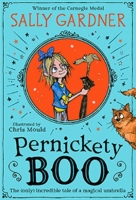

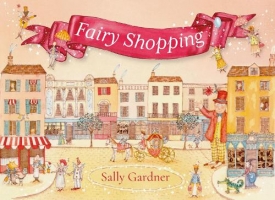
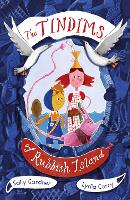
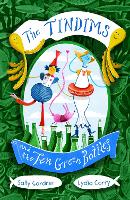
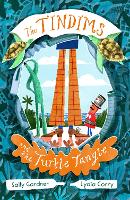
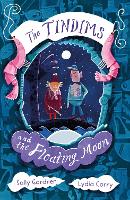
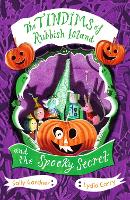
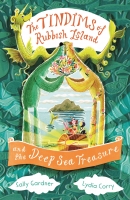
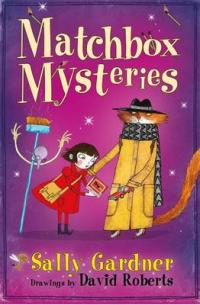


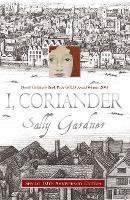
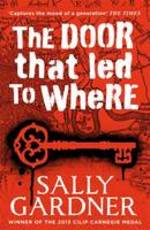
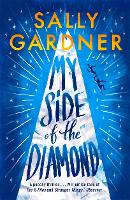
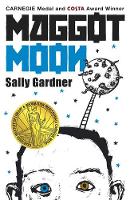
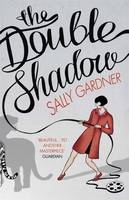
Comments (0)
Leave A Reply
You must be logged in to post a comment.